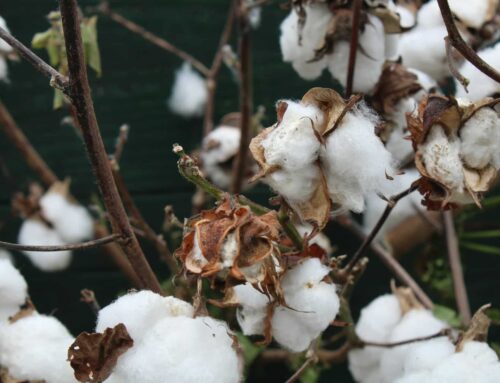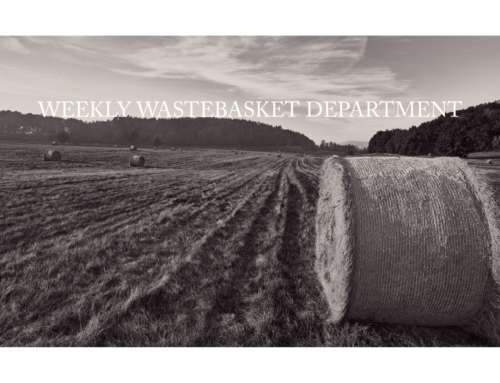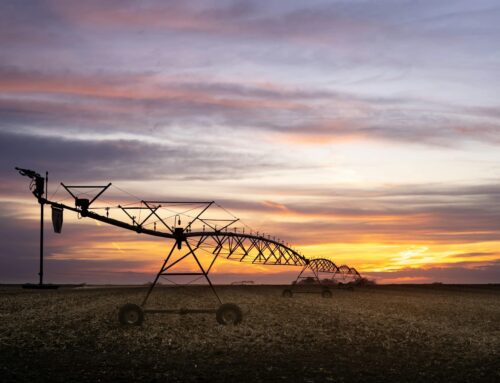Labor Day weekend is here, marking the unofficial end of summer. While many of us prepare for picnics, parades, and barbeques, agricultural special interests are penning newsletters imploring taxpayers to thank farmers for their hard labor. It’s true that Labor Day marks the beginning of an at-times grueling harvest season, so, we agree. But only for actual farmers, actually laboring. For those so-called farmers simply playing one on TV (or on their Form 1040, Schedule F), we say, get a real job.
Federal farm subsidies have been around in one way or another since the Great Depression. And for the last half century, Congress has been on an odyssey to focus this generous taxpayer support on only those deemed in need. But as long as there have been eligibility requirements and annual payment limits, there have been loopholes. And one of the costliest, is the claim of “actively managing” a farm operation.
Since 1987 individuals and corporations seeking federal farm subsidies have been required to prove they are “actively engaged” in a farming operation. One common sense way of proving this is through labor – working on the farm, or a combination of labor and management. A less common sense means is what USDA calls “Active Management Only.” Active management is anything from securing financing and marketing crops to “supervision of activities” and even more broadly “any other management function reasonably necessary.”
With no minimal number of hours required to meet this “management” threshold, some operations have taken it to extremes. In a 2015 review of farm programs, the Government Accountability Office (GAO) found more than 23 percent of members of General Partnerships qualified for farm subsidies based on management only. The kicker – there’s absolutely no requirement these “active managers” step foot on the farm. 150 farms reported 11 or more absentee managers, making each operation eligible for more than $1 million in subsidies. The operation receiving the most funds, $3.7 million, consisted of 34 members, 25 of which provided “management only.” You can actively manage from the board room in the Big Apple (New York City), or your bedroom in the Little Apple (Manhattan, KS), meaning millions of dollars go out to “farmers” in C-Suites and boardrooms instead of those tending the soil.
Giving subsidies to “farmers” who never step foot on a farm is only one loophole of many. Most farm programs have an eligibility limit of $900,000 in adjusted gross income. This allows wealthy individuals with high nonfarming income to be eligible for farm subsidies. And while an individual farmer is subject to the actively engaged test, once he or she passes it, their spouse qualifies for their own separate payment limit. Adult children who receive income from the farm? They get a separate limit. As do nephews, nieces, first cousins, grandparents, and aunts and uncles… All these exceptions make the Congressionally-set individual limit of $125,000 per year, a farce for any farm operation that hires a savvy lawyer, or recruits a large extended family of “active managers.”
Despite professing a desire to close this and other loopholes, as articulated in every presidential budget request from the Trump Administration, when given the opportunity to do so, Secretary of Agriculture Sonny Perdue has chosen not to. In fact, he’s mostly increased total subsidies available. “Active managers” of farms could get $500,000 in trade war bailout payments, $250,00 in COVID-19 relief, and up to $900,000 for 2017 hurricane losses.
The effects of these policies are disastrous for the agriculture sector. Farm subsidies are the highest in a generation and likely to make up 50 percent of all farm income. Yet most of the aid has gone to very large farms while shutting out many diversified and small and medium-sized farms. And more aid for agriculture will likely come from the next coronavirus or disaster response bill without ensuring the program is focused on real farmers with real needs.
Without changing the rules, more small and medium sized farms, which already face artificially high land prices due to government subsidies favoring large, established farms, will further struggle. And the non-farmers that receive farm subsidies will continue to advocate for more. This continues the problem with the agriculture sector since before the COVID-19 pandemic. So, please, do remember to thank a farmer this Labor Day. Just make sure it’s one focused on farming the soil, not the federal Treasury.














Get Social